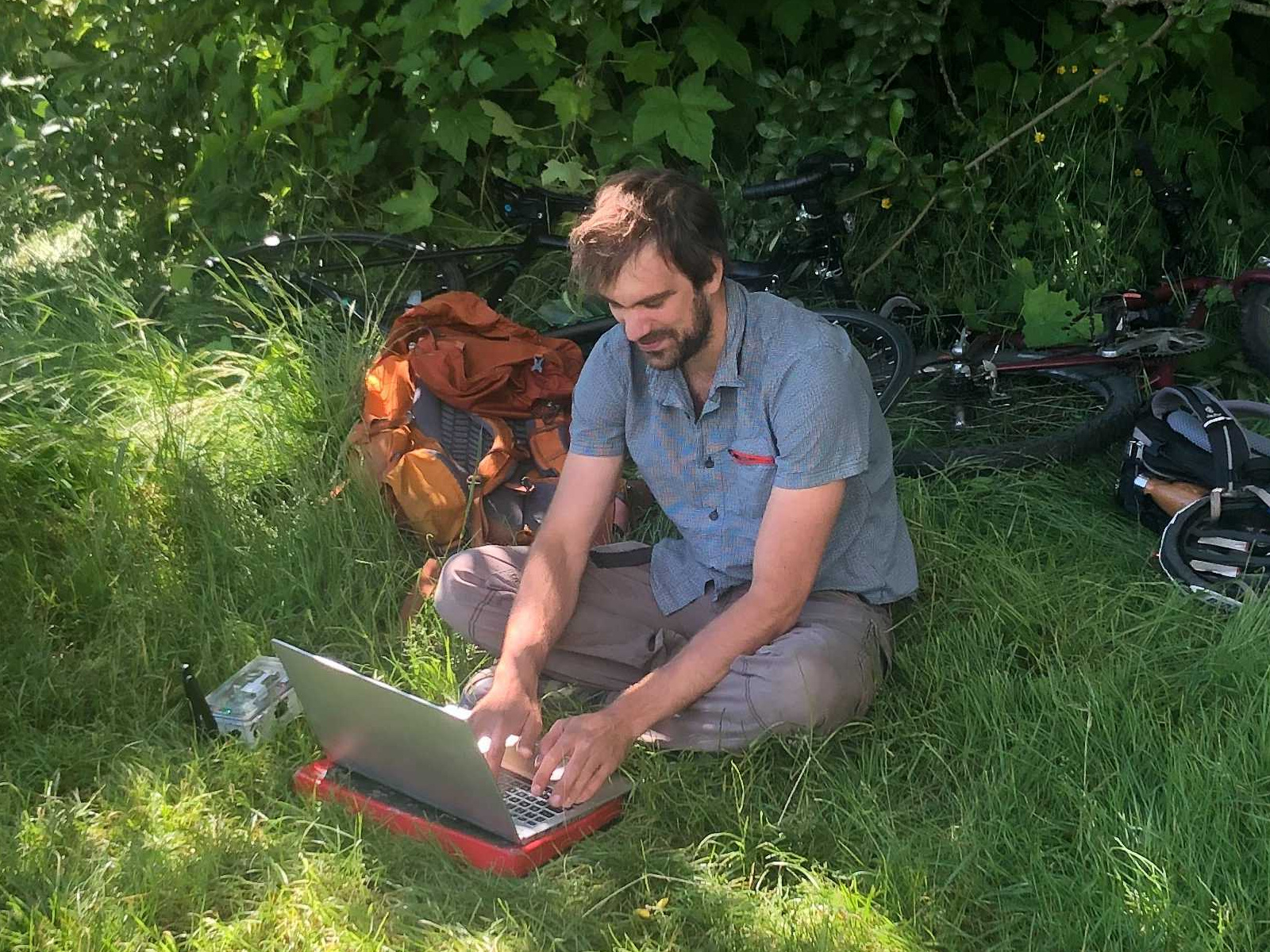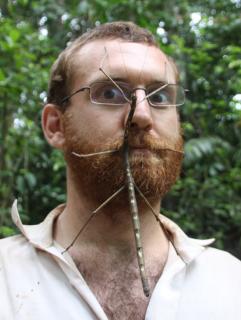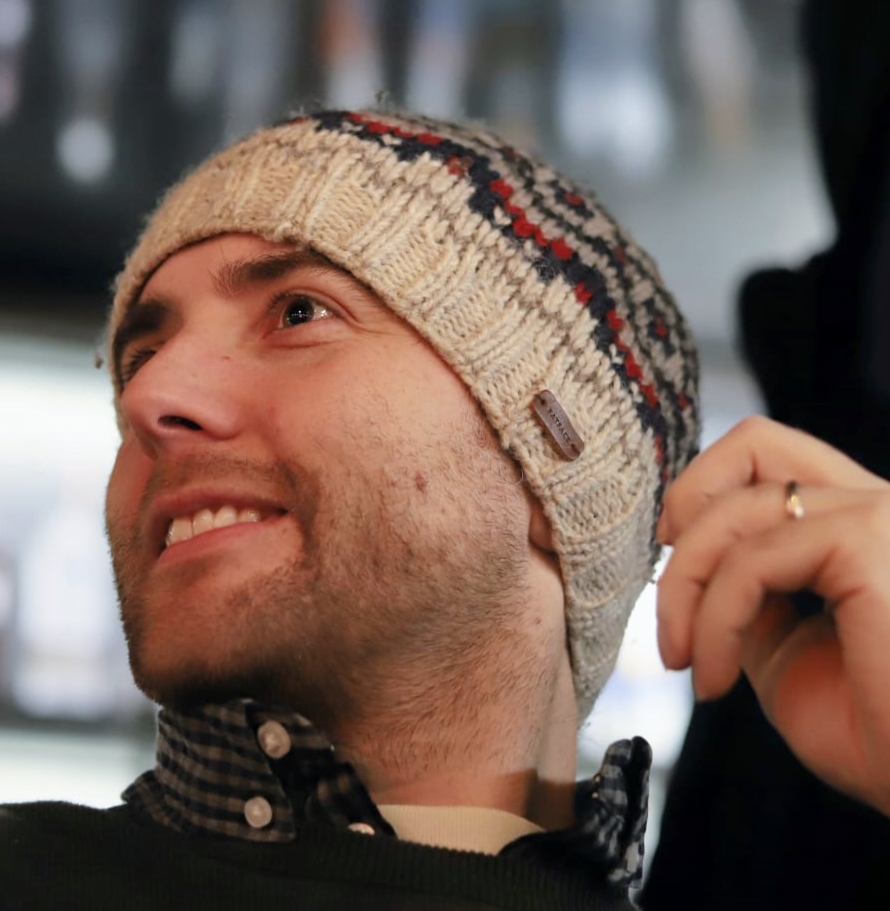Autonomous camera traps for insects provide a tool for long-term remote monitoring of insects. These systems bring together cameras, computer vision, and autonomous infrastructure such as solar panels, mini computers, and data telemetry to collect images of insects.
With increasing recognition of the importance of insects as the dominant component of almost all ecosystems, there are growing concerns that insect biodiversity has declined globally, with serious consequences for the ecosystem services on which we all depend.
Automated camera traps for insects offer one of the best practical and cost-effective solutions for more standardised monitoring of insects across the globe. However, to realise this we need interdisciplinary teams who can work together to develop the hardware systems, AI components, metadata standards, data analysis, and much more.
This WILDLABS group has been set up by people from around the world who have individually been tackling parts of this challenge and who believe we can do more by working together.
We hope you will become part of this group where we share our knowledge and expertise to advance this technology.
Check out Tom's Variety Hour talk for an introduction to this group.
Learn about Autonomous Camera Traps for Insects by checking out recordings of our webinar series:
- Hardware design of camera traps for moth monitoring
- Assessing the effectiveness of these autonomous systems in real-world settings, and comparing results with traditional monitoring methods
- Designing machine learning tools to process camera trap data automatically
- Developing automated camera systems for monitoring pollinators
- India-focused projects on insect monitoring
Meet the rest of the group and introduce yourself on our welcome thread - https://www.wildlabs.net/discussion/welcome-autonomous-camera-traps-insects-group
Group curators
- @tom_august
- | he/him
Computational ecologist with interests in computer vision, citizen science, open science, drones, acoustics, data viz, software engineering, public engagement



- 8 Resources
- 53 Discussions
- 5 Groups



- 9 Resources
- 2 Discussions
- 9 Groups
Team Leader for "Computer Vision and Machine Learning" at University of Jena (Germany) working on algorithmic solutions for biodiversity monitoring tasks
- 0 Resources
- 0 Discussions
- 5 Groups
- @LYNNDICKS
- | She her
- 1 Resources
- 0 Discussions
- 1 Groups
Kenyan Nature and Wildlife photographer
- 0 Resources
- 0 Discussions
- 3 Groups
Universidade Federal do Amazonas (UFAM)
- 0 Resources
- 0 Discussions
- 1 Groups
- @jidec
- | he/him
- 0 Resources
- 1 Discussions
- 1 Groups
- @Jon_Sullivan
- | He
Kia ora. I'm an ecologist at Lincoln University in Aotearoa-New Zealand. In these decades of rapid environmental change, I've turned myself into a human ecological monitoring machine (~1.5 millon observations so far since 2003). I'm now working on how to format and share my data.
- 0 Resources
- 1 Discussions
- 3 Groups
- @guitarfishmasum
- | He/His
Wildlife Conservation Society (WCS)
Wildlife Biologist and Marine Conservationist
- 0 Resources
- 0 Discussions
- 19 Groups
- @BartCh
- | he
I am a science assistant doing research in semi-open nature-reserves, and monitoring grazing livestock as a main managing tool, thereby using tracking devices.
- 0 Resources
- 0 Discussions
- 5 Groups
- @Teagle
- | he / him
Mechanical engineer with a keen interest in understanding our surroundings and impact on the environment. Technical Project Manager by trade.
- 0 Resources
- 1 Discussions
- 1 Groups
- @jborras
- | He / Him
PhD student in plant biology
- 0 Resources
- 0 Discussions
- 1 Groups
- @GraSki
- | She/Her
- 0 Resources
- 0 Discussions
- 1 Groups
I am a PhD student in the Faculty of Information Technology at Monash University, Australia. My research area lies in morphologically similar insect species classification, insect pest monitoring and insect population dynamic modelling.
- 0 Resources
- 0 Discussions
- 2 Groups
Sticky Pis are scalable, smart sticky traps using a high frequency Raspberry Pi camera to automatically score when, which and where insects were captured. Author: Quentin Geissmann, 2023
29 April 2025
Sharing this website that provides instructions on DIY hardware assembly, software setup, model training and deployment of the Insect Detect camera trap that can be used for automated insect monitoring. Authors:...
29 April 2025
Applications are open until April 15th
14 March 2025
Up to 6 months internship position to work on DiMON project which aims to develop a non-lethal, compact device that, when coupled with traditional entomological traps, captures high-resolution, multi-view insect images...
25 February 2025
Article
NewtCAM is an underwater camera trap. Devices are getting deployed worldwide in the frame of the CAMPHIBIAN project and thanks to the support of our kind early users. Here an outcome from the UK.
24 February 2025
Osa Conservation is launching our inaugural cohort of the ‘Susan Wojcicki Research Fellowship’ for 2025, worth up to $15,000 per awardee (award value dependent on project length and number of awards given each year)....
10 February 2025
Catch up on the highlights from our two-day Mothbox v4.5 workshop at Georgia Tech, where participants gained hands-on experience building and testing the Mothbox.
13 November 2024
Paper by Natalie Klug et al
6 October 2024
The AMI team in montreal is looking for a paid intern to do machine vision stuff!
3 July 2024
Come and do the first research into responsible AI for biodiversity monitoring, developing ways to ensure these AIs are safe, unbiased and accountable.
11 June 2024
€4,000 travel grants are available for researchers interested in insect monitoring using automated cameras and computer vision
6 June 2024
May 2025
| Description | Activity | Replies | Groups | Updated |
|---|---|---|---|---|
| We have spent the past 9 months taking the lessons learnt from the AMI system to build an automated moth monitoring system... |
|
Autonomous Camera Traps for Insects, Camera Traps | 1 day 8 hours ago | |
| The mothbox can currently be attached to a solar panel super easy (just plug in a barrel jack up to 20v 80 watts) and it charges the talentcell battery. We also monitor the power... |
|
Autonomous Camera Traps for Insects | 2 weeks 5 days ago | |
| Otherwise Australian Entomology Supplies has a few options available such as UV lights and black lights, such as a this portable UV lamp. They can ship internationally. |
+5
|
Autonomous Camera Traps for Insects | 3 weeks 4 days ago | |
| I'm excited to announce that Outreach Robotics has finalized the development of our new insect camera traps, now officially named ... |
|
Autonomous Camera Traps for Insects | 4 weeks 1 day ago | |
| Hey Amber, that makes a lot of sense! And this effort by Insect Detect is amazing, thanks for sharing! |
|
AI for Conservation, Autonomous Camera Traps for Insects | 1 month ago | |
| Hi all, I'm Vainqueur BULAMBO. I'm looking for a fully funded PhD opportunity in ecological data science or conservation... |
|
Acoustics, AI for Conservation, Autonomous Camera Traps for Insects | 1 month 2 weeks ago | |
| @hikinghack that's a complete update!A lot of compassion regarding the budget situation, especially knowing how great @briannaljohns is.It’s great to see a clear plan for the... |
|
Autonomous Camera Traps for Insects | 2 months 1 week ago | |
| Thanks! Yes, we added electronics to power an external UV light only during periods when the camera is set to take pictures. |
+23
|
Autonomous Camera Traps for Insects, Camera Traps | 2 months 3 weeks ago | |
| Me and @briannajohns field tested amphibious deployments for the Mothbox in cool jungle rivers!We designed the Mothbox to be super... |
|
Autonomous Camera Traps for Insects | 3 months ago | |
| featuring @briannajohns @hikinghack @Hubertszcz |
|
Autonomous Camera Traps for Insects | 3 months 2 weeks ago | |
| Sounds like so much fun. Would love to replicate this one out here in Cambodia |
|
Autonomous Camera Traps for Insects | 3 months 4 weeks ago | |
| Wow! What a start of the year! Congratulations! |
|
Autonomous Camera Traps for Insects | 4 months 1 week ago |



































